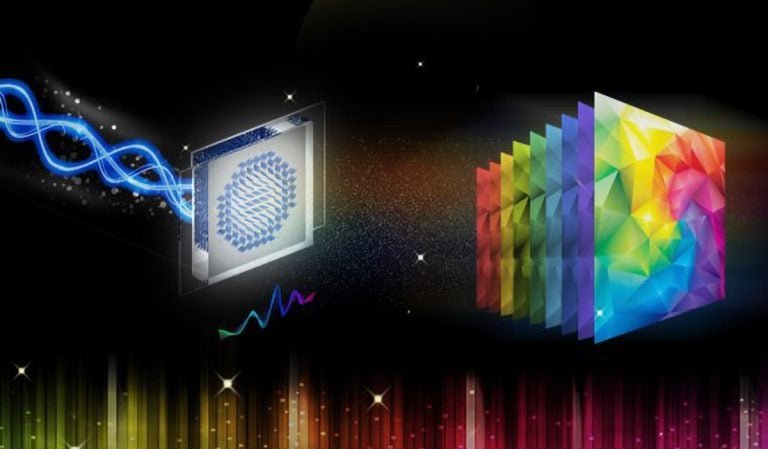A groundbreaking innovation bridges the gap between science fiction and reality. Scientists from Wuhan University and Nanjing University have created a compact spectral singlet lens, converting standard cameras into hyperspectral powerhouses.
*The Breakthrough*
This ultra-compact planar device unifies optical imaging and computational spectrometry, eliminating tradeoffs between device footprint, spectral resolution, and imaging quality. The spectral lens replaces traditional lenses, upgrading cameras without additional modifications.
*Liquid Crystal Optics: The Key to Spectral Lenses*
Planar liquid crystal (LC) optics enable independent phase modulation and spectral control. Each unit cell acts as both a phase modulator and electrically tunable spectral filter, facilitating high-quality imaging and spectral information extraction.
*Demonstrating the Hyperspectral Camera’s Capabilities*
The proof-of-concept millimeter-scale hyperspectral camera achieved:
1. *High-quality spectral images*: 500 × 500 pixels, 96.3% mean spectral fidelity.
2. *Spatial resolution*: ~1.7 times the diffraction limit.
3. *Versatility*: Hyperspectral imaging of posters, LED screens, and more.
*Future Implications*
This technology:
1. Simplifies hyperspectral imaging systems.
2. Enables portability and miniaturization.
3. Opens doors for applications in drones, smartphones, healthcare devices, and more.
*Expert Insights*
“Our study provides a new recipe for miniaturized hyperspectral imaging,” says Prof. Zile Li. “This technology simplifies current systems while maintaining excellent performance.”
*References*
1. Zhou et al. (2024). Planar spectral singlet lens for compact hyperspectral imaging. Light: Science & Applications.

















